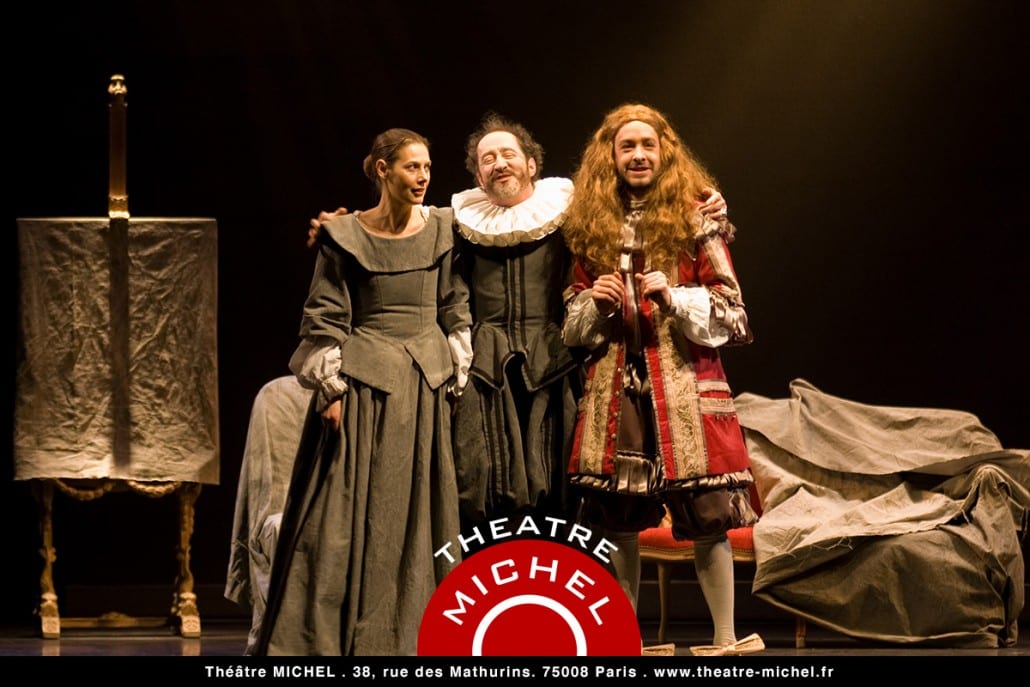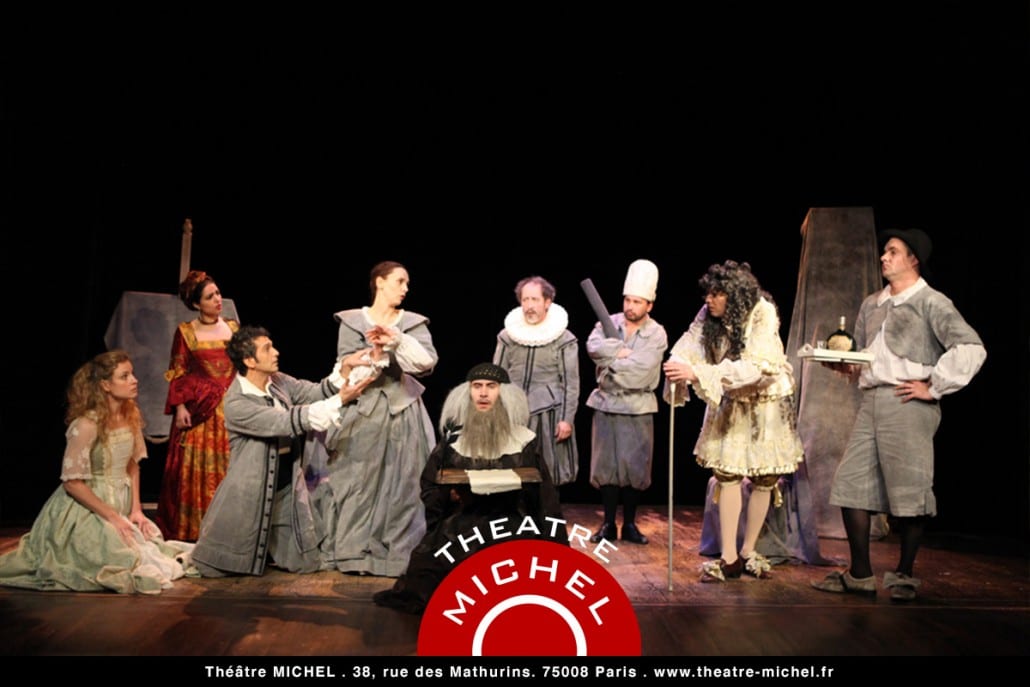In an attempt to make the play accessible, L’Avare fails miserably by excessively dumbing down the play. The original L’Avare is already by far Molière’s most understandable and comical play. With dialogues and action well adapted to youngsters, the play is commonly read in year 9 classes in France.
Harpagon, a rich and stingy father of two beautiful children Elise and Cléante, only cares about his money, suspecting everyone of trying to steal it. He wants to marry his daughter and son off to two old rich widows without spending a nickel. Both children strongly oppose to their father’s wishes, risking to be disinherited, as they have already found love elsewhere.
The actors are talented, charming and dynamic. The interaction with the public is particularly successful; at one point during the play, the lights go back on and the actors start pointing to the audience, the children couldn’t have been more thrilled.
Yet, the effort to modernize the play is repulsive, the costumes unrealistic and the makeup rushed. Yes, the children in the room laughed at the constant funny faces, running around and comical hats and wigs of the characters. But what did they really grasp of Molière’s masterpiece?




